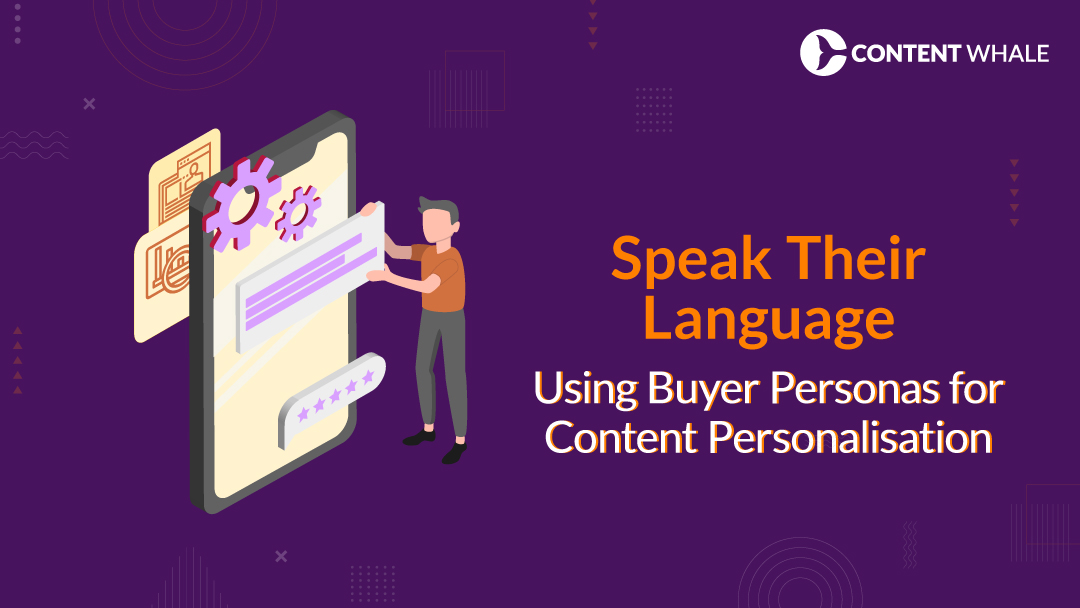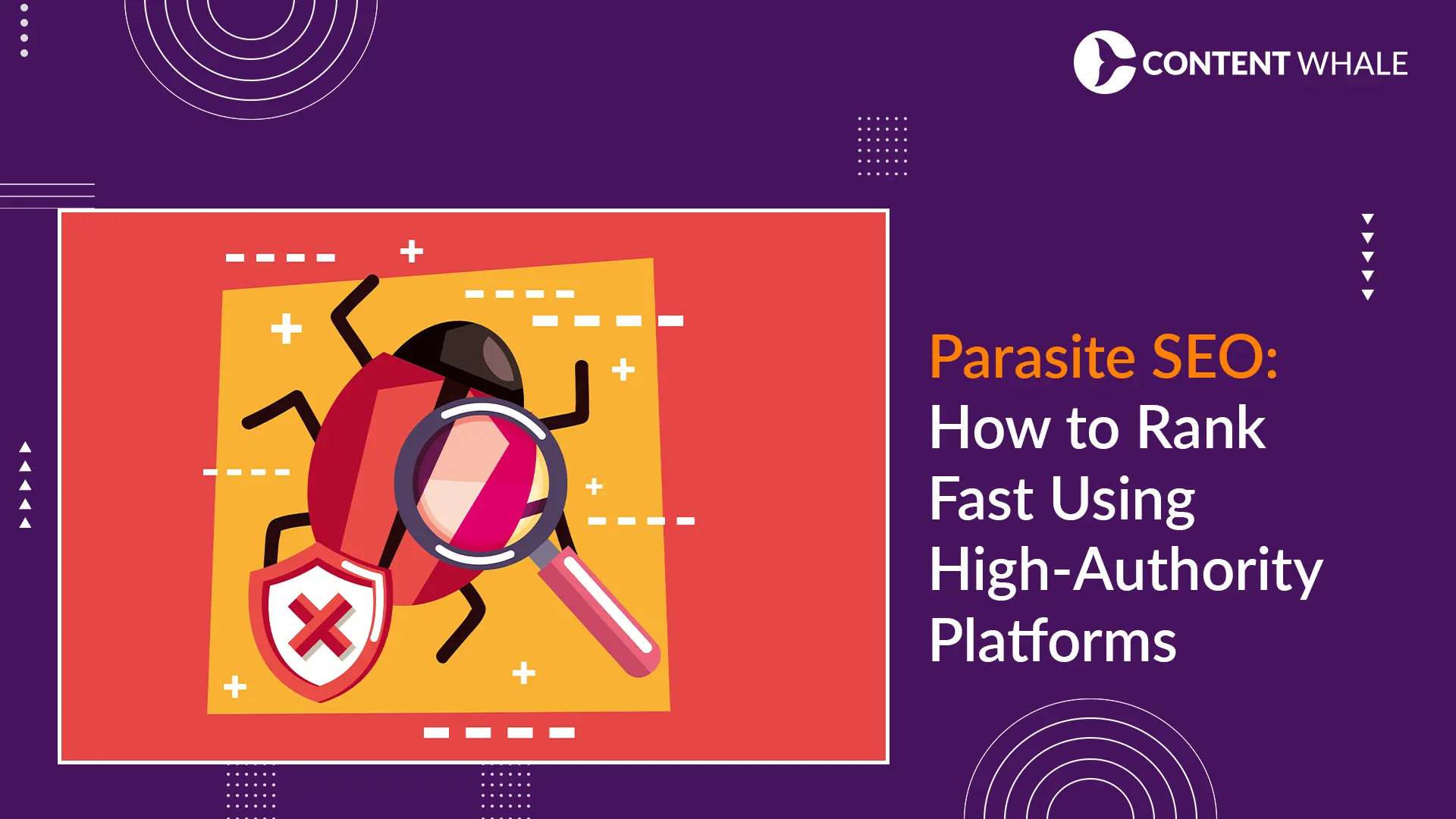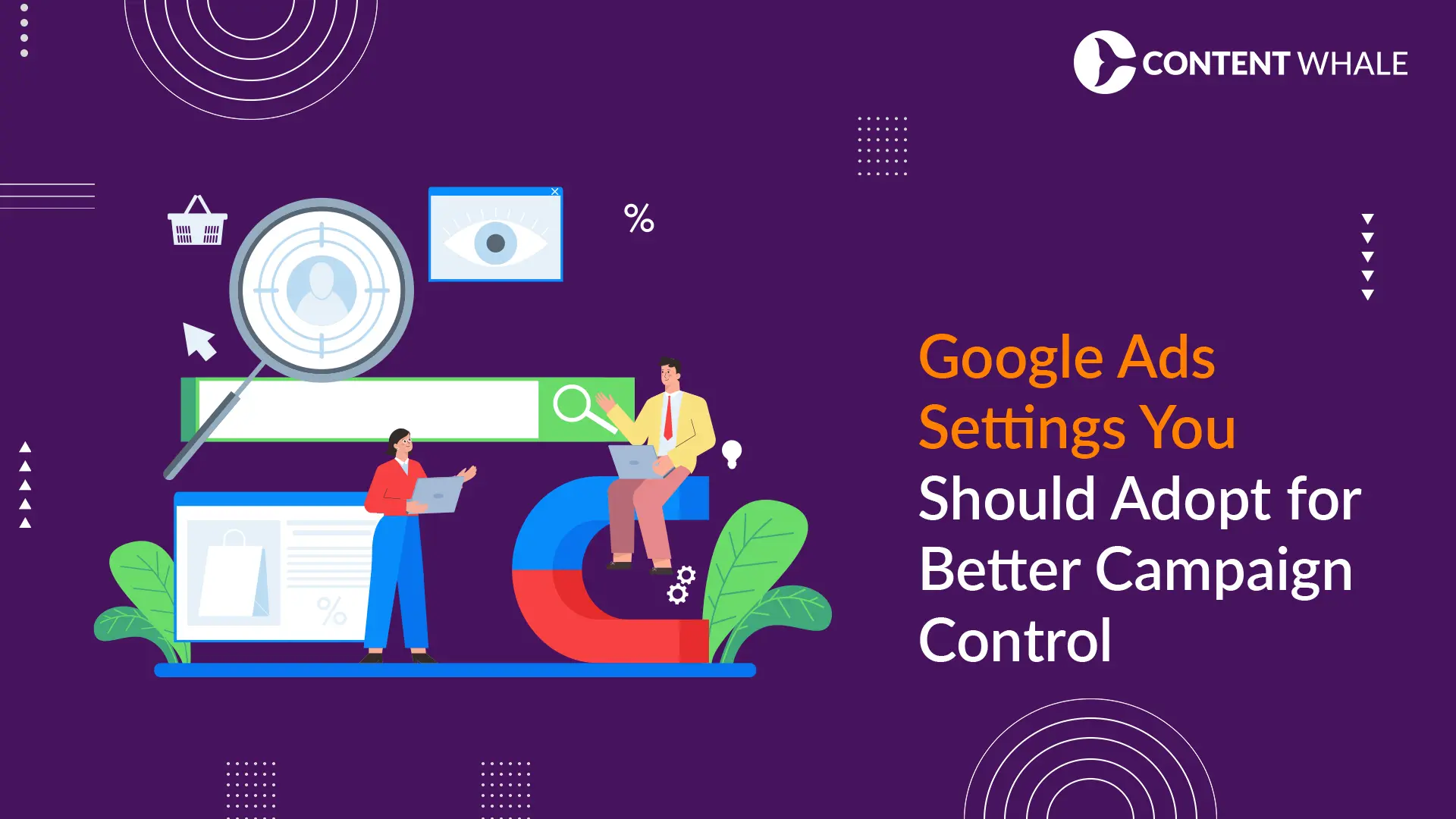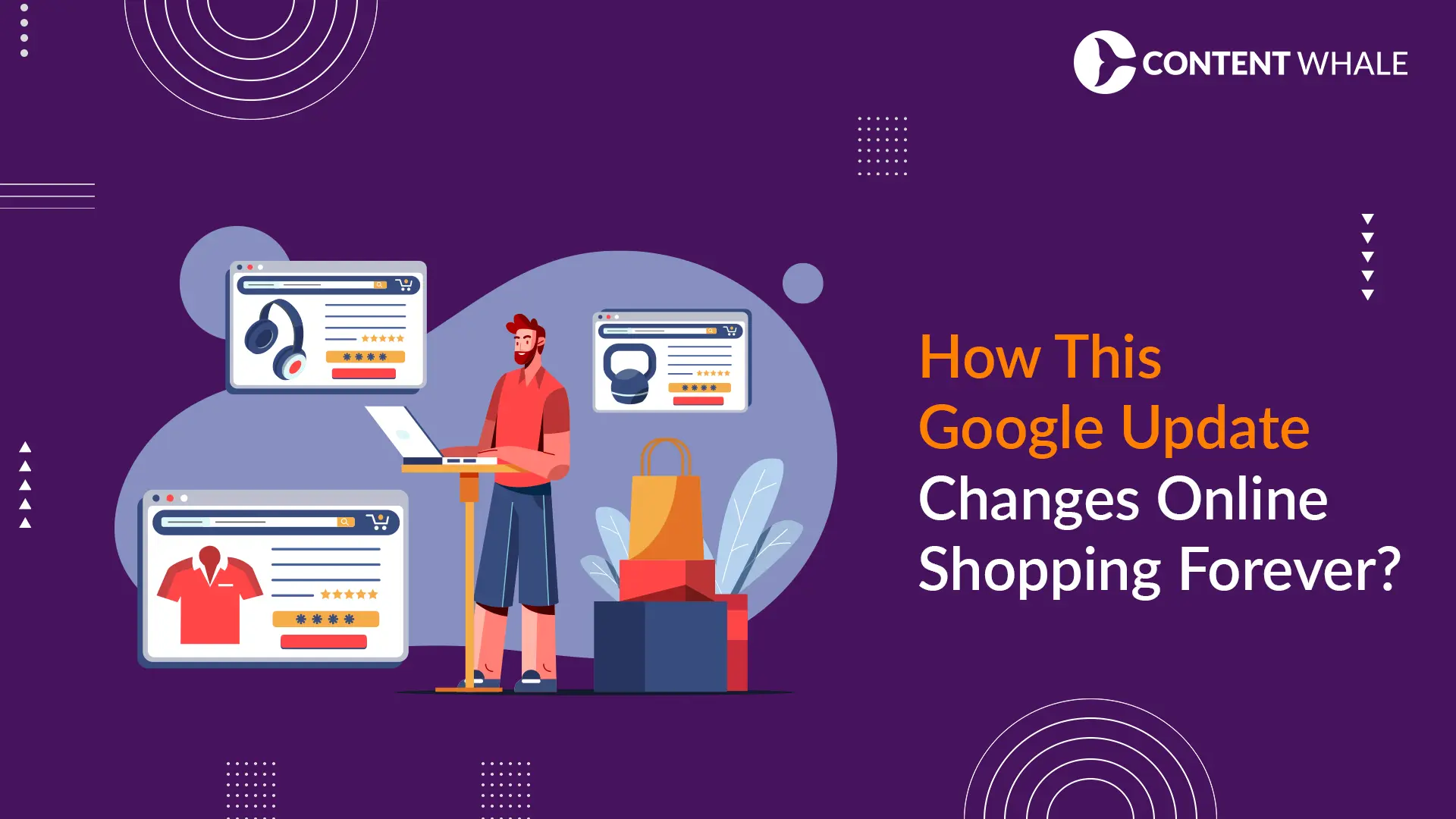Did you know that 76% of consumers feel frustrated when they encounter marketing that seems impersonal or irrelevant?
The culprit? Generic content that fails to resonate with individual needs and preferences. In today’s crowded digital landscape, standing out requires a laser focus on personalization.
Enter the concept of buyer personas: powerful tools that unlock your audience’s unique motivations and guide you in crafting content that speaks directly to their hearts (and wallets).
Want to dive deeper into building rock-solid buyer personas? Check out our previous blog on “Mastering Buyer’s Personas”.
Now, let’s dive into how you can leverage these personas to create content that turns heads, sparks engagement, and fuels conversions.
Understanding Buyer Personas: The Key to Tailored Content

Imagine walking into a bustling party with a single message prepared for everyone. You might shout it out, hoping it resonates with someone, but it’s unlikely to connect with anyone in the crowd truly. Why? Because the guests are individuals, each with unique interests, needs, and preferences. Some might be avid dancers, others deep in conversation, and still others simply enjoying a quiet corner with a drink. A one-size-fits-all approach simply wouldn’t work.
This is the challenge businesses face when crafting content for a broad audience. They often fall into the trap of generic messaging, hoping for a lucky connection. But just like at the party, personalization is key to engagement.
Enter buyer personas: your secret weapon for segmenting your audience. Think of them like smaller, more manageable groups within the party, each with shared characteristics. You might have the “Tech Enthusiasts” clustered around a gadget demo, the “Budget-Conscious Shoppers” comparing deals, and the “Sustainability Advocates” discussing eco-friendly products.
By understanding these distinct groups through demographics, pain points, goals, and buying behaviors, you can tailor your message like a pro. You can speak directly to the Tech Enthusiasts’ love of innovation, offer practical tips to Budget-Conscious Shoppers, and highlight the environmental benefits to the Sustainability Advocates. Suddenly, your content isn’t just noise; it’s a conversation that resonates with each individual.
The result? Increased engagement, higher conversions, and a loyal audience who feels truly understood.
It’s the difference between shouting across a crowded room and having meaningful conversations with the people who matter most.
Building Your Buyer Personas: A Step-by-Step Guide

Here’s how you can get started with creating buyer personas:
- Gather Data: Leverage website analytics, customer surveys, social media interactions, and sales team insights to understand your audience demographics, interests, challenges, and goals.
- Identify Commonalities: Analyze the data to identify patterns and group individuals with similar characteristics into distinct segments.
- Develop Personas: Give each persona a name, personality, and background story. Describe their demographics, challenges, goals, preferred content formats, and buying journey.
- Refine and Update: Regularly review and update your personas as you gather new data and your audience evolves.
Content Personalization Strategies in Action

Now that you have your buyer personas in place, how can you leverage them to create powerful, personalized content? Here are some effective strategies:
1. Targeted Messaging:
- Craft headlines, CTAs, and overall messaging that directly address the specific needs and pain points of each persona.
- Highlight benefits relevant to their goals and challenges.
- Use language and tone that resonates with their personality and preferences.
2. Content Formatting Variety:
- Offer content in formats your personas prefer, such as blog posts, infographics, videos, or ebooks.
- Consider the length and complexity of content based on their attention spans and reading habits.
- Leverage interactive elements like quizzes, calculators, or product demos to engage different learning styles.
3. Channel Diversification:
- Promote your content on channels frequented by your target personas, such as social media platforms, industry forums, or email newsletters.
- Tailor your content and promotion strategy to each channel’s specific audience and format requirements.
- Utilise paid advertising options to target specific demographics and interests.
4. Dynamic Content Delivery:
- Use marketing automation tools to personalize website content based on visitor behavior and persona identification.
- Display relevant product recommendations, blog posts, or CTAs based on their browsing history and interests.
- Offer gated content like ebooks or white papers in exchange for contact information to further personalize future interactions.
5. Personalized Email Marketing:
- Segment your email list based on buyer personas and send targeted campaigns with relevant offers and information.
- Use dynamic personalization tags to address recipients by name, mention their past purchases, or recommend products based on their preferences.
- A/B tests different email subject lines, content formats, and calls to action to optimize engagement for each persona.
Real-World Examples of Buyer Persona Personalization

1. Netflix: Tailoring Entertainment to Every Binge-Watcher
Remember feeling like Netflix “gets you”? It’s not magic; it’s meticulous personalization. Netflix leverages sophisticated algorithms to analyze viewing history, ratings, and genre preferences to curate individual recommendations beyond just “people who watched X also watched Y.” They even segment by dayparts, understanding that your “Friday night action flick” persona differs from your “Sunday morning documentary” self. The result? A content experience so perfectly aligned with your mood and tastes you swear they’re reading your mind.
2. Spotify: Discovering Your Next Musical Obsession
Music lovers rejoice! Spotify doesn’t just shuffle your favorite hits; it actively anticipates your next sonic adventure. By mapping your listening habits and analyzing musical trends, they suggest “Daily Mixes” and “Discover Weekly” playlists packed with personalized gems. These aren’t just random picks; they’re based on your past listening, saved songs, and even the emotional vibe you gravitate towards at different times of the day.
3. Sephora: Beauty Meets Buyer Personas
Makeup isn’t one-size-fits-all, and Sephora knows it. Their Beauty Insider program goes beyond loyalty points, segmenting customers based on skin type, preferences, and purchase history. This allows them to send targeted email campaigns featuring relevant product recommendations, personalized tutorials, and exclusive offers. This level of granularity fosters deeper engagement and drives repeat purchases, making Sephora a beauty haven for every unique face.
4. The New York Times: Serving Every Storyteller
News consumption, too, benefits from personalization. The New York Times, recognizing diverse reading preferences, offers various digital subscriptions. “News+” caters to general news enthusiasts, while “Cooking+” targets foodie fans. They even personalize the homepage layout based on individual reading history, ensuring each subscriber sees stories that pique their specific interests. This approach increases engagement and subscription loyalty, proving that personalization cuts across industries.
Learn how to implement similar personalization strategies for your business with our Content Marketing Guide for Startups.
The Power of Measurement and Optimization

Remember, personalization is an ongoing process. Continuously track and measure the performance of your content for each buyer persona. Use A/B testing to compare different approaches and identify what resonates best. Analyse website analytics, engagement metrics, and conversion rates to refine your strategies and maximize the impact of your personalized content.
Remember, personalization is not just about demographics. Consider incorporating psychographic factors like values, attitudes, and lifestyles to create even more targeted and impactful content.
By investing in understanding and tailoring your content to different buyer personas, you can unlock a powerful marketing tool. You’ll create content that resonates deeply, fosters meaningful connections, and ultimately drives conversions and brand loyalty.





